|
Although there have been no shortage of Grateful Dead archival releases
in the wake of the band's dissolution, Go to Nassau (2002) is the first
set to be comprised of shows from 1980. The electric Reckoning (1981)
and acoustic Dead Set (1981) -- which were culled from the Dead's series
of 15th-anniversary shows at the Warfield in San Francisco and New York
City's venerable Radio City Music Hall -- are the only other recordings
available from this year. Historical significance aside, neither of those
releases represents the band as accurately as this double-disc set.
By even the most generous of accounts, the intensely perpetual psychedelic
experimentation that had dominated the Grateful Dead's music in the late
'60s and early to mid-'70s had begun to level out. Producer and Dead tape
archivist David Lemieux cleverly navigated the available materials, synthesizing
a composite that is in many ways stronger and tighter than the respective
May 15 and May 16 shows from which Go to Nassau was ultimately gleaned.
The title is a sly inference to the Dead's 11th studio album, Go to Heaven
(1980), which had hit the streets less than a month prior to these mid-May
shows. As such, it is no real surprise that this compilation includes
half a dozen tracks from their most recent LP -- highlighted by the first
live release of the rarely performed "Far From Me" by newly
acquired keyboardist Brent Mydland.
The second disc commences with a suite of recent compositions, highlighted
by the combo of "Althea," "Lost Sailor," and "Saint
of Circumstance," all of which had already begun to show signs of
remarkable maturity. These are peppered among other performance staples
such as an extended "Franklin's Tower." This version is particularly
notable for the variations during the waning moments of improvised instrumentation.
Likewise, "Playing in the Band" allows the group the opportunity
for some inspired interaction -- although it was no longer the transportational
device it had once been in the '70s.
Additional kudos to the sonic spit shine that producer Jeffrey Norman
gave to these recordings -- which provide an almost palpable soundstage
under even the most tenuous of listening environments.
(by Lindsay Planer, All
Music Guide)
|
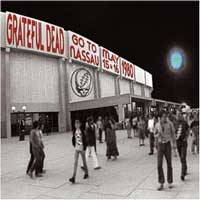


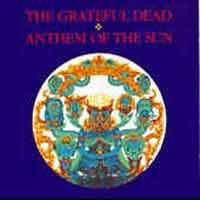
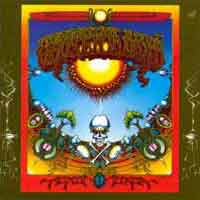

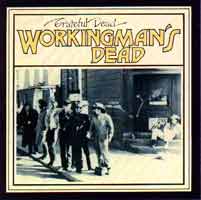
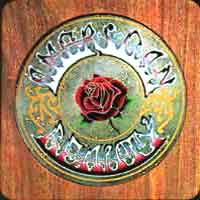


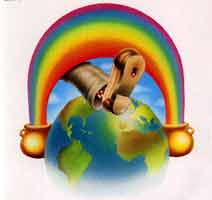
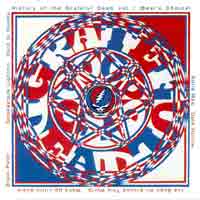

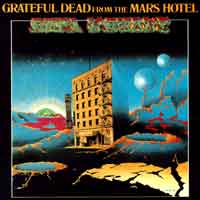


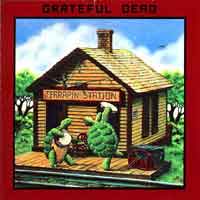
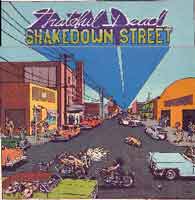
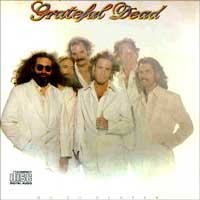
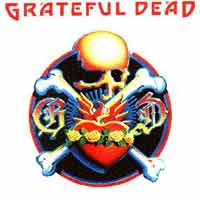

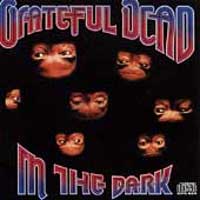


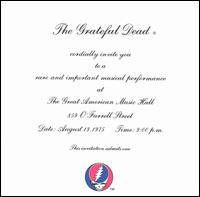
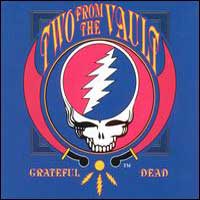
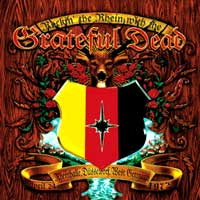
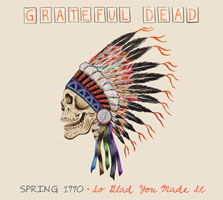
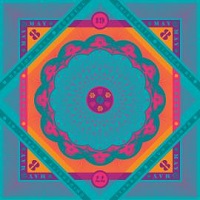
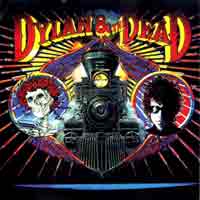
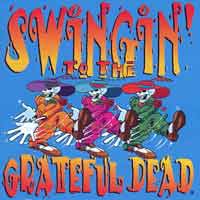
 Grateful Dead
Grateful Dead 